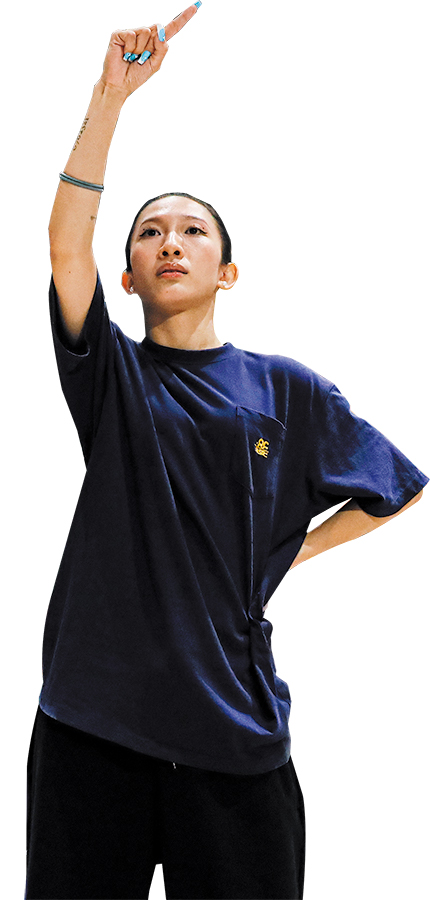

Urban roots
With diverse movements and rhythmic music, dance intrigues most people.
Young Chinese professionals have embraced a number of dance styles such as contemporary, Chinese folk, and classic Chinese dance, but street dance is the most enjoyable one for amateurs and beginners, Fan believes.
"Compared with other dance forms, like ballet and classic Chinese dance, street dance is easy to learn, makes individuals overcome their fears and builds confidence," he said. "It also promotes mindfulness and helps individuals to stay mentally focused."
Fan said the development of dance culture is closely linked to urbanization.
"Regardless of background — whether an office worker who is a beginner or a seasoned dancer with years of experience — everyone possesses the same potential to dance. Young people are willing to invest in dance, marking a positive shift," he said. "The youngest student we have is about 4 years old and the eldest one is more than 60 years old. Dancing is a universal pleasure for people of all ages and occupations."
Fan said when language fails to convey meaning, we can communicate through our bodies.
"Dance transcends words, allowing us to express emotions and connect on a deeper level, showcasing the powerful resilience of the human spirit," he said.
G-Steps instructor Yu Zhongyuan joined the company in 2017 after he finished second in the popping category at Juste Debout, in Paris, one of the biggest street dance competitions in the world.
Yu has been dedicated to street dance since he was a teenager. After he moved to Beijing from Qingdao in Shandong province to study law, he won a number of street dance competitions and gave street dance classes at universities in the capital.
"Unlike dance professionals, this love for dance among amateurs is not just a trend; it represents a shift in lifestyle and a means of self-expression for a generation striving to balance work and personal fulfillment," Yu said.